This post may contain affiliate links. If you make a purchase through a link, I may receive a small commission, at no cost to you. These commissions help keep this website up and running, and I thank you for your support. Read my full disclosure here.
We visited Cēsis as part of our two week self-drive holiday around the sights of Latvia. We had based ourselves in nearby Sigulda and visited Cēsis on a day trip. Cēsis is definitely worth putting aside at least one day in your itinerary to explore the historic town, medieval castle, and its beautiful surroundings.
Before heading off to Cēsis in the morning, we had enjoyed ziplining in Sigulda over the stunning Gauja River valley. It was a rather exhilarating experience that I encourage you to try too! Then we jumped in our hire car and headed off to Cēsis, which is only a 30 minute drive from Sigulda. There are two roads you can take to get there, to get to Cēsis we took the slightly longer but more scenic route via Sigulda Iela. It was a more relaxed road through the countryside and villages. On the way back, we took the faster A2 highway.
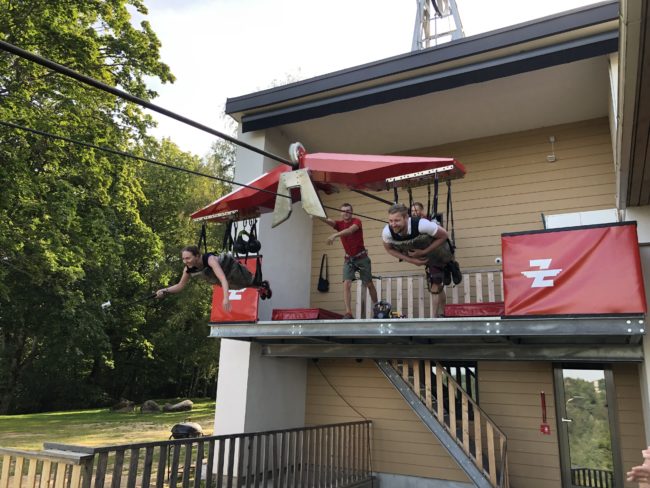
Upon arriving in Cēsis, we parked in the town’s large free car park, Smilšu laukums (Uzvaras bulvāris 22, Cēsis, Cēsu pilsēta, LV-4101, Latvia). I loved driving around Latvia as parking was free everywhere we went! From there, it was a short walk to Cēsis Castle and Museum. As you approach, the castle manor house is facing the road and behind that is the medieval castle and a large park and garden. The ticket office is in the manor house, so we purchased our tickets and then walked through to the castle.
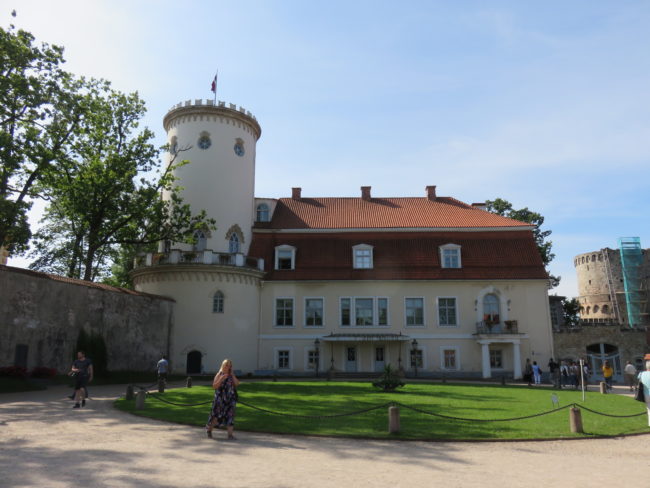
Cēsis Castle was built around 1214 and originally served as the residence of the Knights of the Livonian Brothers of the Sword (we also visited their castle in Sigulda). But later, under the Teutonic Order, it gained fame as the most powerful fortress in Livonia. The castle has a very sad claim to fame as the location of one of the largest mass suicides in Europe. In 1577, the castle was under siege by the army of Russian Tsar Ivan the Terrible, and 300 people sought refuge in the castle. When they realised they had lost to Ivan the Terrible, they committed mass suicide by blowing themselves up with gunpowder to avoid being taken captive. Later, following the Great Northern War in the early 1700s, the castle was completely abandoned, and it fell into ruin.
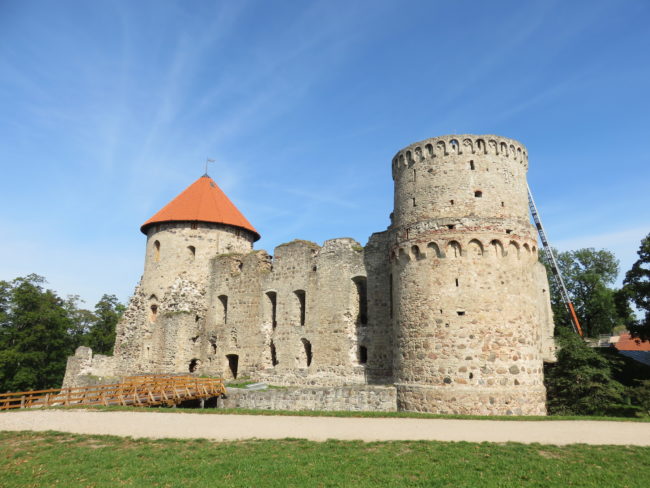
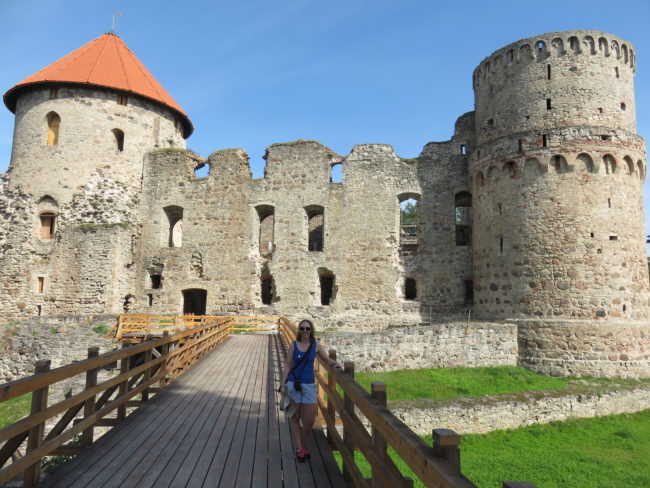
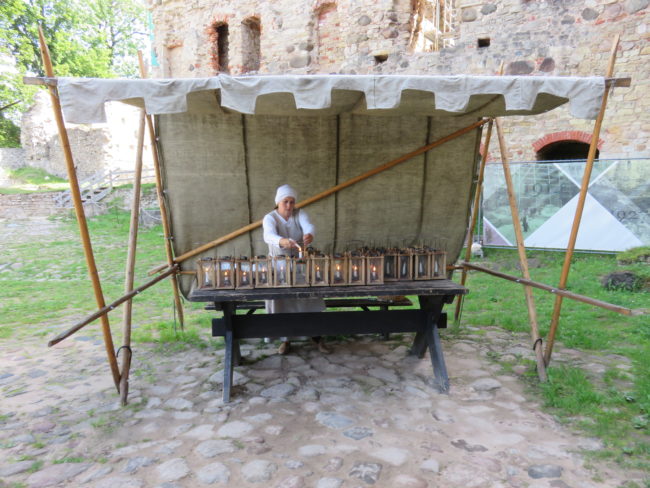
We crossed the bridge into the castle grounds, where we were handed a candle lantern to light our way as we explored the medieval castle. I was surprised that they gave us an actual candle over a fake one to carry around as we are used to visiting historic places in England, where they are very cautious about causing fires and definitely would not let any candles near their properties. It was very dark in the castle and so was very atmospheric as we climbed the steep and narrow staircases, discovering each room by candlelight. I really enjoyed the short multimedia exhibition of the castle’s history that they projected against the walls in the turret.
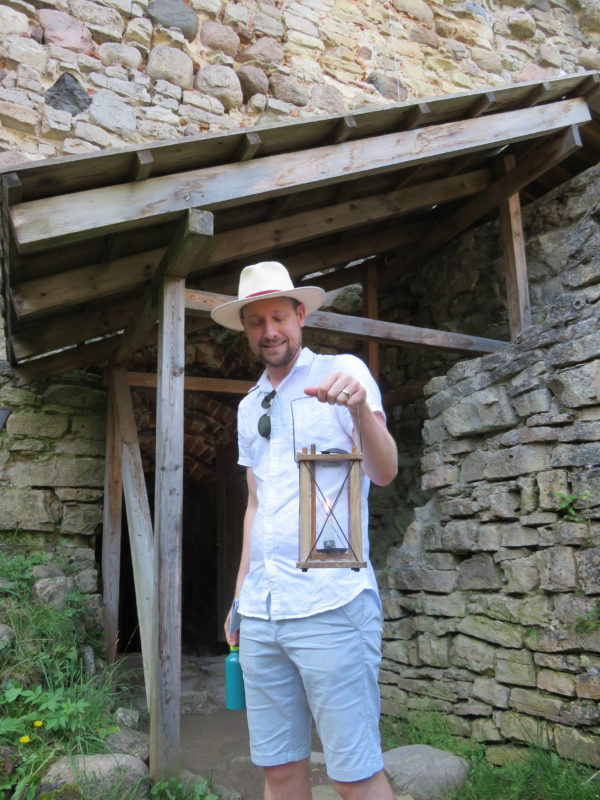
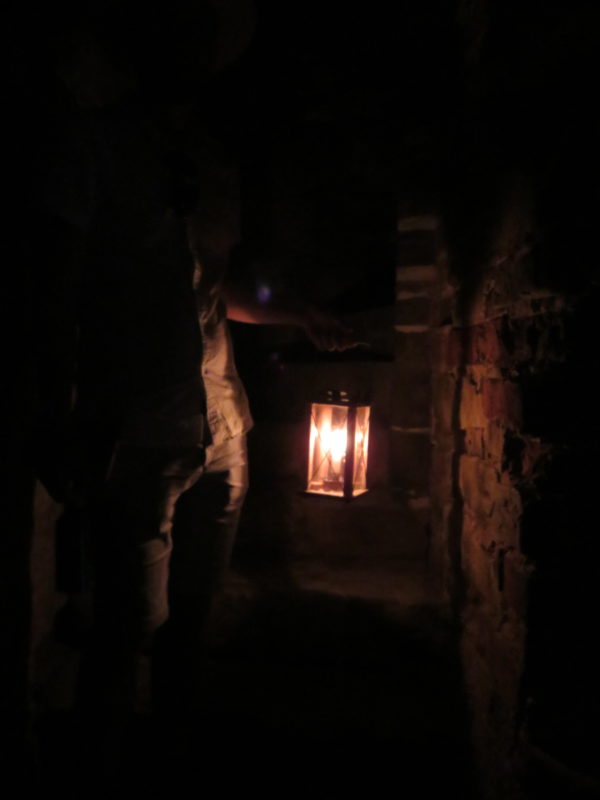
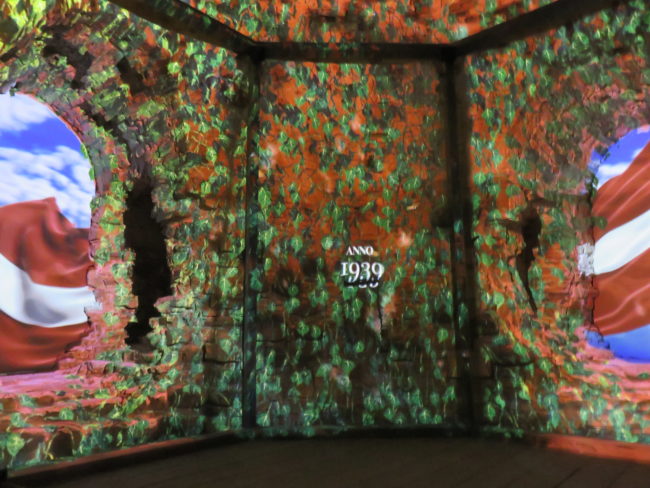
There is a super cute and friendly fluffy castle cat that we met whilst walking across the bridge to the medieval castle. He clearly does the rounds of all of the staff as when we came out of the castle, he was sitting on the bench beside the person handing the candles out, but then much later, when we left the castle he was perched beside the staff inside the ticket office in the manor house.

After taking a stroll around the castle grounds, we headed into the manor house, where there is a museum. On display were items that were found during excavations of the site as well as local historical items. Some of the rooms were also decorated in the historic style of the time. I enjoyed seeing the ceramic glazed tile stoves, as each one was decorated beautifully with different colours and patterns. These stoves are common in a lot of European countries and were apparently more efficient, safer, and warmer compared to open fires. Having visited many cold British historical houses with their vast but inefficient fireplaces, I had to wonder why the British never used them. If you want to learn more about them, here is an interesting post on tile stoves on the Home Things Past website.
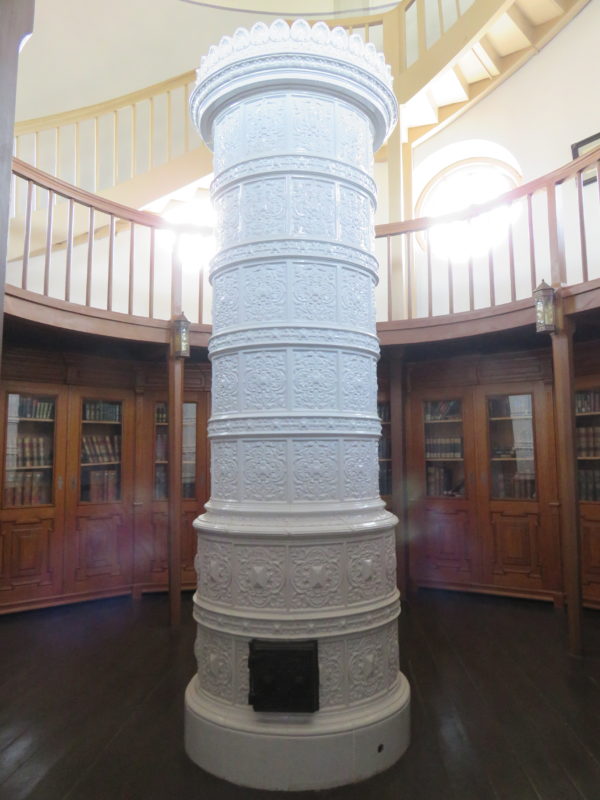
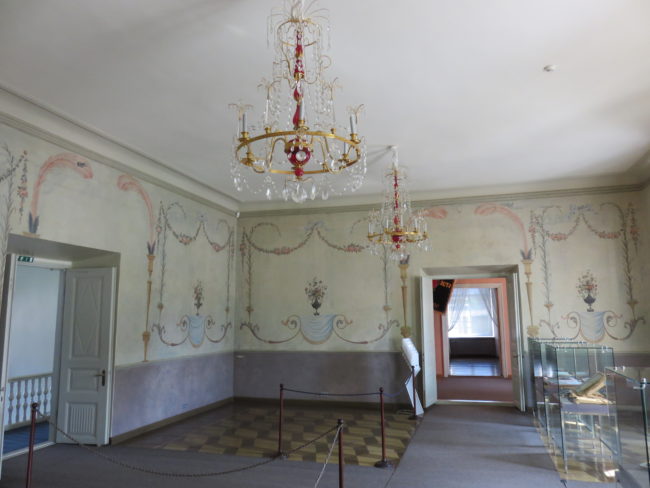
As we wandered through the manor, eventually we made ourselves up to the top where we discovered that you can actually walk out onto the rooftop of the circular tower on the side of the house. It provides beautiful views of the surrounding town and countryside.
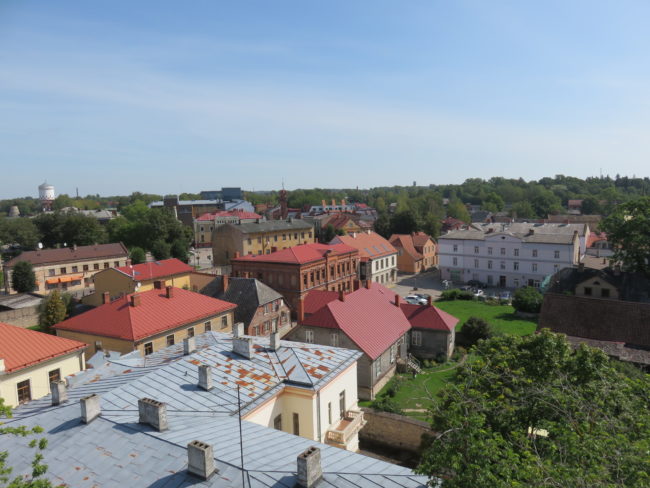
After leaving the castle, we were pretty hungry so went into the historic old town where there are several nice restaurants and cafe’s to choose from. We went to the cafe Vinetas un Allas Kārumlāde (Rīgas iela 12, Cēsis, Cēsu pilsēta, LV-4101, Latvia), where we enjoyed a really delicious lunch. I had what was similar to a fish pie with lots of vegetables included. They also had an irresistible cake collection. We indulged in a white chocolate and berry cake.
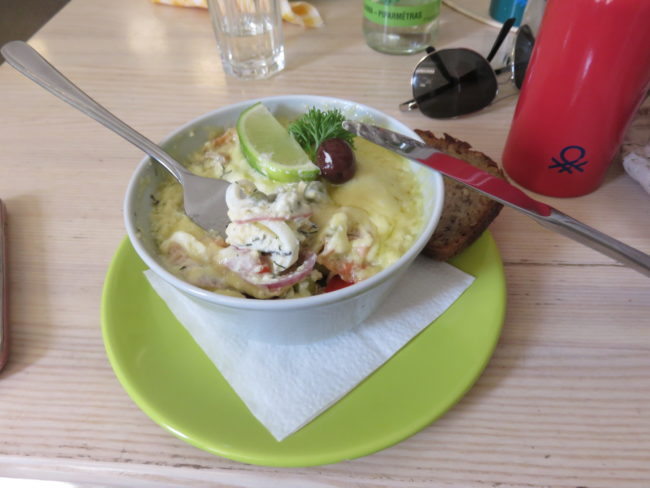
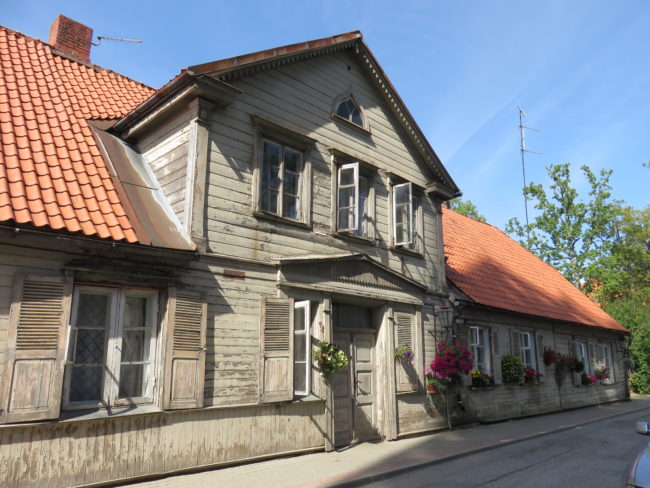
The cake gave us a sugar rush, so off we went to explore the historic old town. The traditional Latvian houses have a wood exterior and in the historic old town they have done an excellent job of preserving these beautiful buildings. Near St John’s church on Torņu street is the sculpture The Old Man of Time. Legend tells of a Cēsis man who walked the streets with his lantern, and people knew that as long as he walked through the city streets, the town was safe and peaceful. But one night, the man disappeared. The belief says that if you rub the lamp, you will see your future.
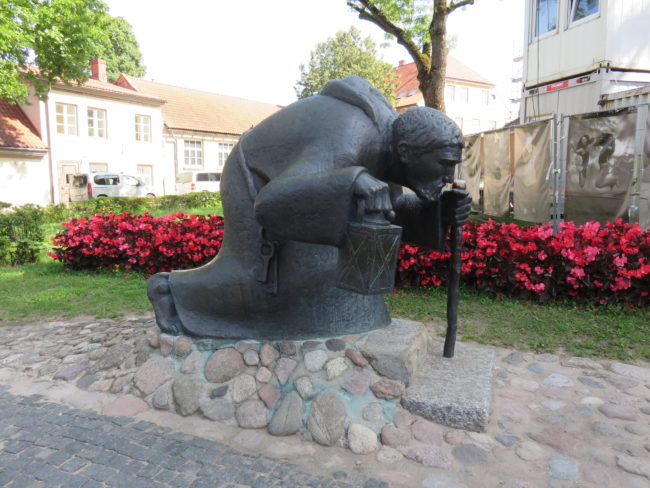
We walked down the cobbled street of Rigas Iela before swinging around and walking back up through the castle park with its lake and Iron Age hill fort.


In the afternoon, we headed out to the nearby Cirulisi Nature Trails (Apšukalna iela 5, Cēsis, Cēsu pilsēta, LV-4101, Latvia), a 10 minute drive from the centre of Cēsis (or a 40 minute walk). As we drove out of Cēsis we turned down Mūrlejas iela which is just before you cross the bridge over the Gauja river. At the start of the road is a small car park on the left which is at the start of a short but peaceful boardwalk with very pretty wildflowers.
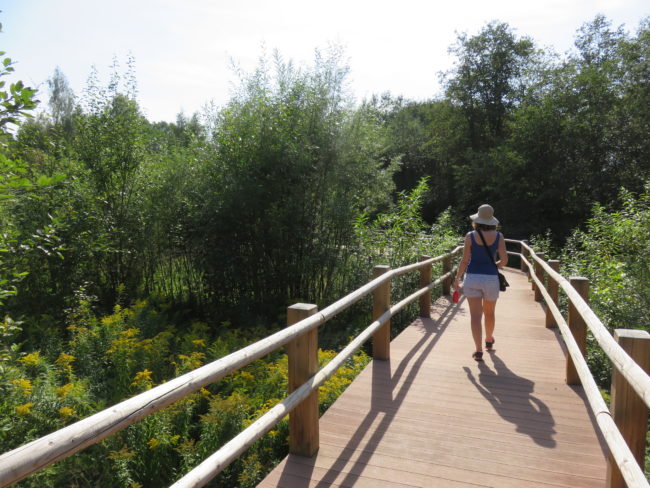
We then drove to the end of the road where it becomes the campsite Žagarkalns (Mūrlejas iela 12, Cēsis, Cēsu pilsēta, LV-4101, Latvia). Parking was free and there were also some toilets here. If you enjoy camping, then I recommend this site as it was in a really peaceful and picturesque location. The grounds looked well kept and there was a large sandy area by the river where they had volleyball nets set up.
From the car park there are a number of nature trails of varying length, click here for a map of the Cirulisi Nature Trails. We headed out on a circular trail that took us through the forest and returning via the riverside. During the walk we enjoyed the impressive Cīrulīšu cliffs also called Spoguļu (mirror) cliffs, which reflect in the water of the oxbow lake and Dzidravots (clear spring) where you can drink fresh spring water as it bubbles out of the ground – they even had a metal drinking cup there.
After our walk we spent the remainder of our afternoon down by the river. It was a very hot day so we had a (short) swim – the water is very cold! Then we simply just chilled on the sandy rivers edge. Honestly, this place was so peaceful it was truly good for the soul.
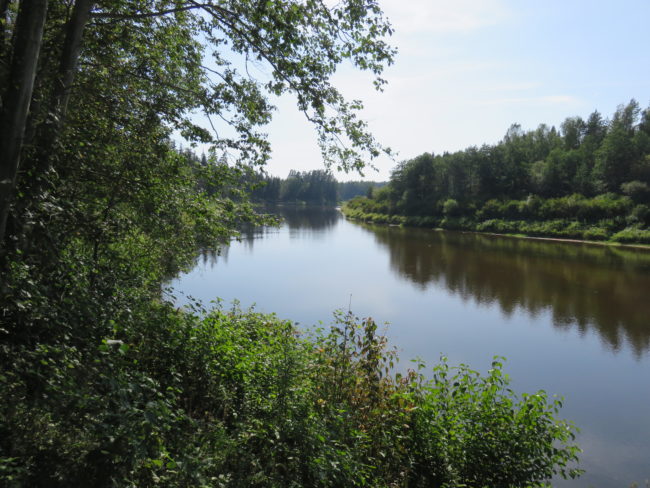
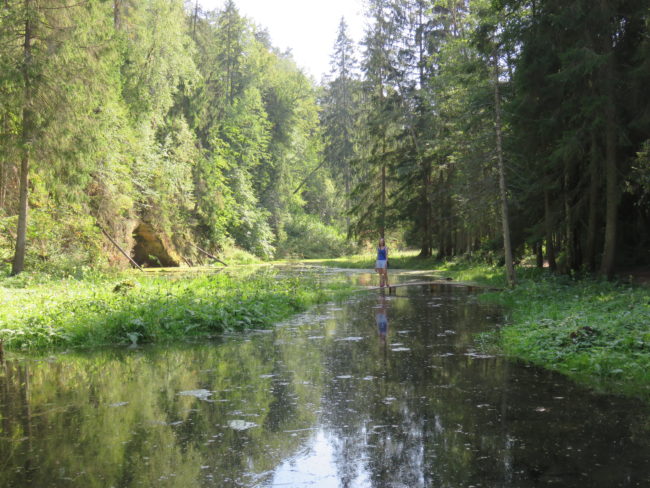
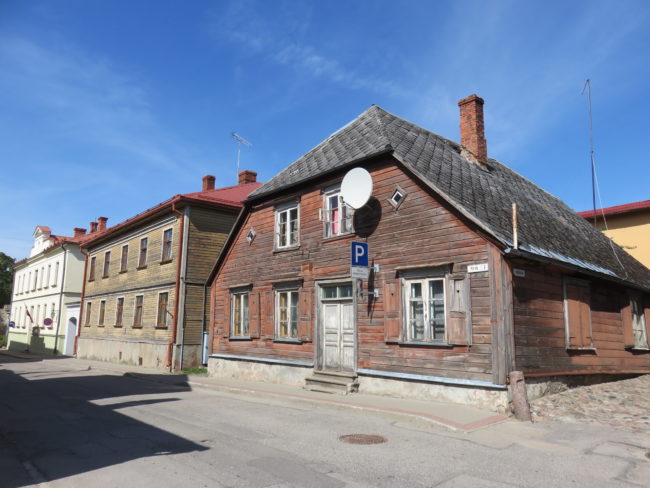
Practical Tips for Visiting Cēsis
- How to get to Cēsis:
- By Car: We drove to Cēsis from Sigulda and it took just over 30 minutes. It takes about 1.5 hours from Riga.
- Train or bus: From Sigulda, you can either take the bus or train to Cēsis. Both take about 45 minutes. From Riga, both take roughly 2 hours. Train and bus information can be found here.
- How long should I visit Cēsis for? We spent the day in Cēsis, but spending more time would allow you to explore more of the area.
- Cēsis Tourism information centre: Baznīcas iela 1, Cēsis, Cēsu pilsēta, LV-4101, Latvia.
- Language: Latvian is the official language of Latvia. Latgalian, Ukrainian, Belarusian and Russian are also spoken. Most younger people we came across spoke excellent English, particularly at the tourist sites. But do try your hand at a few Latvian words:
- Hello – Sveiki (Svekee)
- Please – Lūdzu (LOO-dzoo)
- Thank you – Paldies (PUHL-dyehs)
- Yes – Jā (yahh)
- No – Nē (neh)
- Excuse me – Atvainojiet (UHT-vay-noh-yeht)
- I’m sorry – Piedodiet (pyeh-DOH-dyeht)
- Goodbye – Atā (UH-tahh)
- Where is the toilet? – Kur ir tualete? (koor eer TWAH-leh-teh?)
- Currency: Euro. Most places accepted card for payment, however, there are quite a few smaller places that only accept cash, so I recommend taking some cash with you.
- Tipping: Not required.
- Electricity: The electrical current is 230 volts AC. Wall outlets generally take the European two round prong plugs. However, you are better off purchasing a worldwide adaptor that can be used in Latvia as well other countries. At least then you can potentially get some further use out of it on future vacations. If you’re taking a number of electronics with you, then I would recommend purchasing a couple of these adaptors.
- Driving in Latvia: In Latvia, they drive on the right hand side and all vehicles must have their lights on day and night. In built-up areas speed limits are 50 km/h and 20 km/h in residential areas. On normal roads car speed limits are 90 km/hr and 100km/hr on dual carriageways. There are a lot of speed cameras in Latvia and they are hard to spot as they are a modern, slim grey design. There will be a warning sign directly before it, but they are easily missed. They carefully monitor speeding in Latvia as we witnessed several drivers being stopped by police, so watch your speed.
- Navigating: Use Google’s free Offline Maps which allows you to access free maps for navigating that can be used offline i.e. you don’t need WIFI, data, or roaming to be able to use them. Follow this detailed guide on how to use Google’s Offline Maps.
- Using your phone as a GPS will drain your battery quickly, so use a portable battery charger which you can use to charge your phone and any other USB chargeable devices.
- If you prefer a paper map, then purchase a Latvian road map before you go. At least it’s reliable and won’t run out of battery or malfunction like the electronic options!

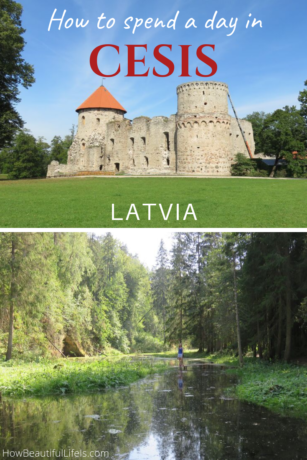
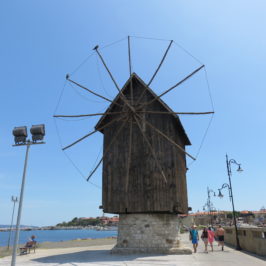

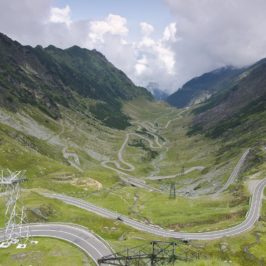


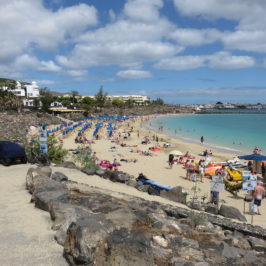
Leave a Reply